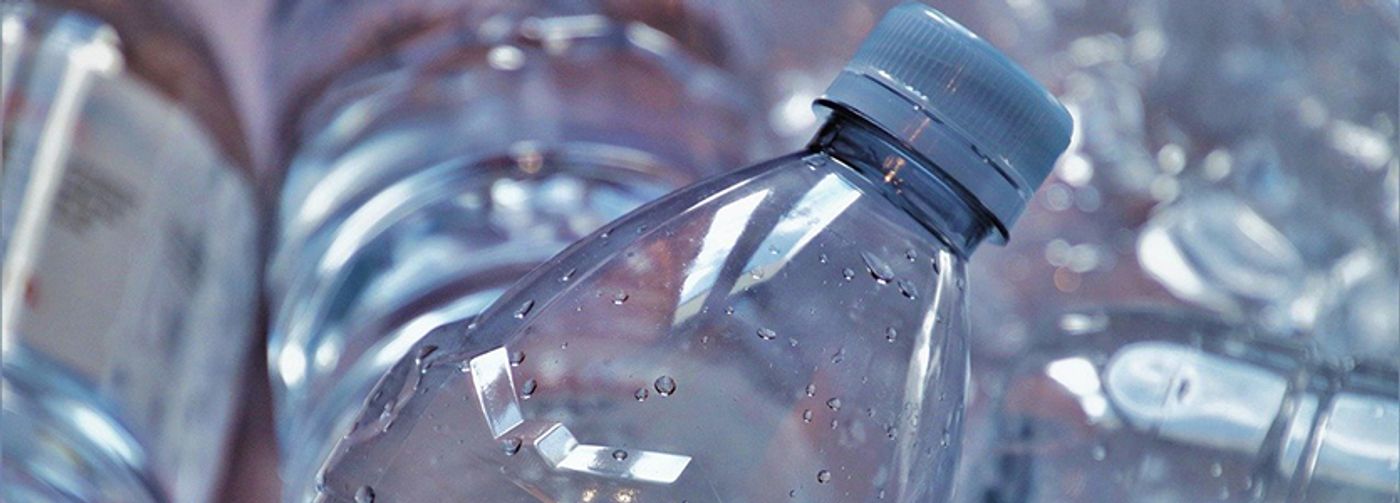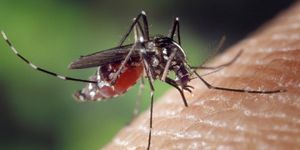New Method to Detect Microplastics in Human Tissues
Microplastics make headlines frequently these days, and a discovery from Arizona State University (ASU) researchers is bringing them back to the forefront. Defined by the American Chemical Society (ACS) as fragments of plastic less than 5 millimeters in diameter, microplastics come from the breakdown of large plastic items or the raw plastic nurdles used in manufacturing. Nanoplastics are even smaller and present the same challenges. These tiny plastic particles travel by wind and water to remote locations worldwide, contaminating habitats and food chains. New research from ASU, the first of its kind, examined monomer, nanoplastic, and microplastic occurrence in human organs.
In an ACS press release regarding this new study, Charles Rolsky, Ph.D., a postdoctoral scholar at ASU, said, “There’s evidence that plastic is making its way into our bodies, but very few studies have looked for it there. And at this point, we don’t know whether this plastic is just a nuisance or whether it represents a human health hazard.” As part of the ACS’s Fall 2020 Virtual Meeting and Expo, the ASU research team presented their findings regarding how microplastics might accumulate in human tissues and how to detect them.
According to ACS, the team obtained samples of organs most likely to filter or collect microplastics such as lungs, liver, adipose tissue, spleen, and kidneys. The samples were part of a repository of brain and body tissues used to establish neurodegenerative diseases. This also provided researchers with information about the donors’ lifestyle to understand if they were unusually exposed to the materials in question.
To test their newly developed microplastic detection method, the team “spiked” samples with microplastics and analyzed them with flow cytometry. Once this method proved successful, the team analyzed 47 “non-spiked” human liver and fat tissue samples using mass spectrometry. They discovered “plastic building blocks” in every sample, including Bisphenol A (BPA).
Varun Kelker, a graduate student in the lab of Rolf Halden Ph.D. at ASU, stated, “We never want to be alarmist, but it is concerning that these non-biodegradable materials that are present everywhere can enter and accumulate in human tissues, and we don’t know the possible health effects.” Using this research and future discoveries, Kelker and the team hope that they can better understand what is accumulating in tissues and determine impacts on human health.
Sources: American Chemical Society










